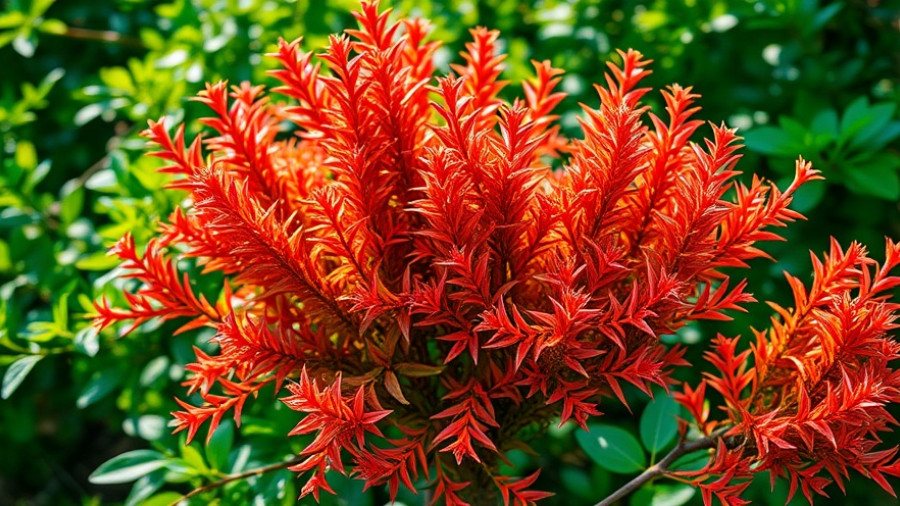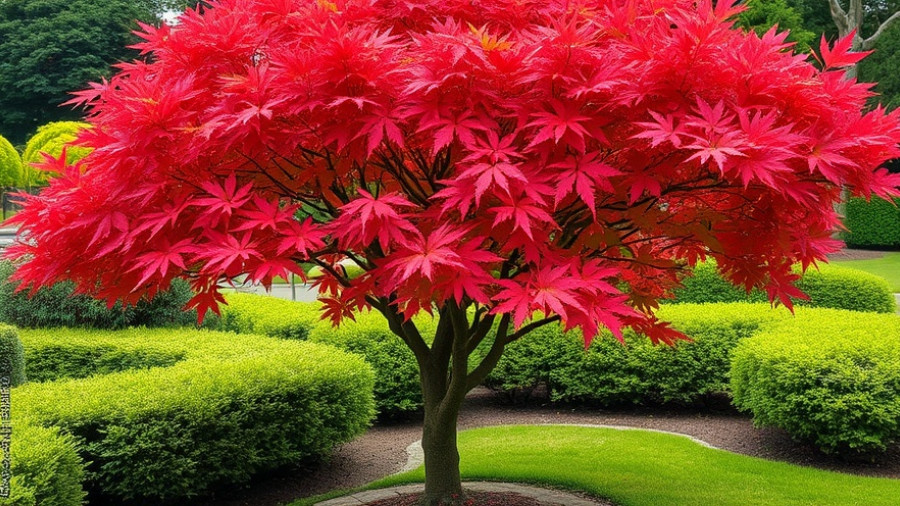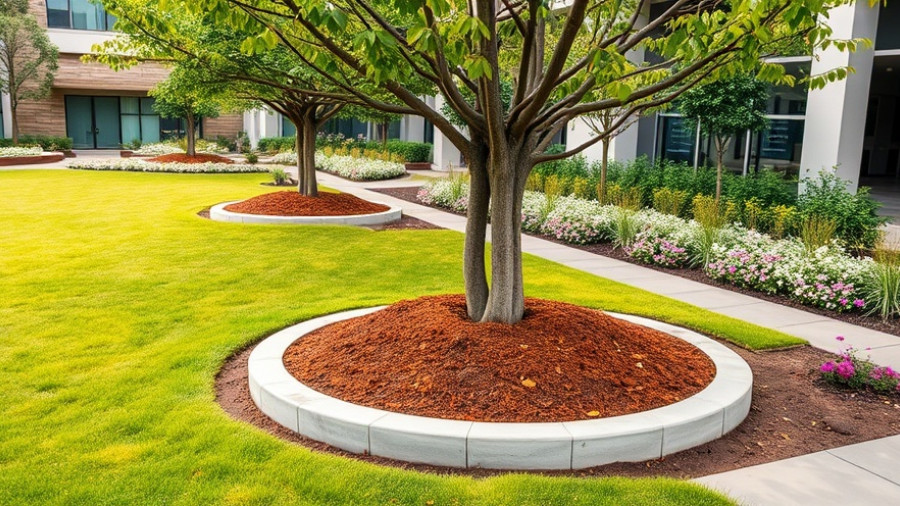
Transform Your Front Yard With Vibrant Landscape Designs
Are you dreaming of a front yard that stands out and brings joy to every passerby? Inspired by the video COLORFUL Landscape Designs, we delve into innovative landscaping ideas infused with vibrant colors and structured designs, perfect for homeowners looking to enhance their curb appeal. From Georgia to Florida, let's explore how you can create a stunning outdoor space that leaves a lasting impression.
In COLORFUL Landscape Designs, the discussion dives into innovative landscaping ideas, exploring key insights that sparked deeper analysis on our end.
Understanding Layout and Structure in Landscape Design
One of the key takeaways from the video is the importance of having a well-structured layout. Instead of simply planting bushes haphazardly, aim to create curves in your landscape beds. This adds depth and aesthetic appeal, making your garden look professionally designed. Start with removing tightly packed or sparse bushes that don't align with your vision and make space for purposeful, flowing curves that guide the eye around your yard.
Choosing the Right Plants for Year-Round Interest
To keep your landscape vibrant throughout the seasons, the right plant selection is crucial. For instance, when featuring a pink dogwood, you set the stage for plenty of springtime blooms. Follow that up with beautiful pink azaleas that bloom beautifully into summer, offering a splash of color. Incorporating plants that provide visual interest in the fall and winter, like red twig dogwoods, ensures that your garden isn’t just appealing in the warmer months but all year round.
Balancing Colors and Textures Like a Pro
In the second part of the video showcasing Tallahassee, we learn the art of balancing colors and textures in yard design. Start with your larger plants—palms or citrus trees—and flank them with contrasting plants, such as the vibrant birds of paradise and colorful succulents. By alternating plant choices, you create interest and keep viewers enchanted as they approach your home. Remember, the colors should feel cohesive, echoing each other across your space.
Enhancing Your Design with Hardscaping Features
Your landscaping isn't limited to plants; hardscaping elements play an essential role. Incorporating natural boulders or decorative rock strips can break up the visual flow and act as focal points. These features add texture and interest, especially when juxtaposed with colorful plants.
Smart Planning with Drainage Solutions
Embracing smart landscaping also involves addressing drainage issues. Consider solutions like decorative rock strips that allow for adequate drainage while enhancing the beauty of your landscape. These thoughtful techniques not only elevate your yard's aesthetic but also ensure longevity in your landscaping efforts.
The Personal Touch: Adding Your Unique Style
Aside from following generic designs, make your landscape truly yours by incorporating personal touches. Are you passionate about eco-friendly yard care? Integrate native plants that require less maintenance while flourishing in your climate. Or maybe you'd like to add a fire pit for cozy evening gatherings? Those details speak to your personal narrative, inviting both warmth and connection.
Next Steps for Your Landscaping Adventure
Now that you're equipped with practical insights and inspiration for creative landscaping, it’s time to take action! Evaluate your current front yard and identify key areas for improvement—whether it’s implementing a new color palette, introducing vibrant annuals, or enhancing your hardscaping. If you feel overwhelmed, consider contacting a local landscape professional who can help actualize your vision.
Explore your options, be bold with colors, and let your personality shine through in your yard design. If you’re looking for more tips, feel free to explore this video for further insights on creating a colorful landscape.
 Add Row
Add Row  Add
Add 




Write A Comment